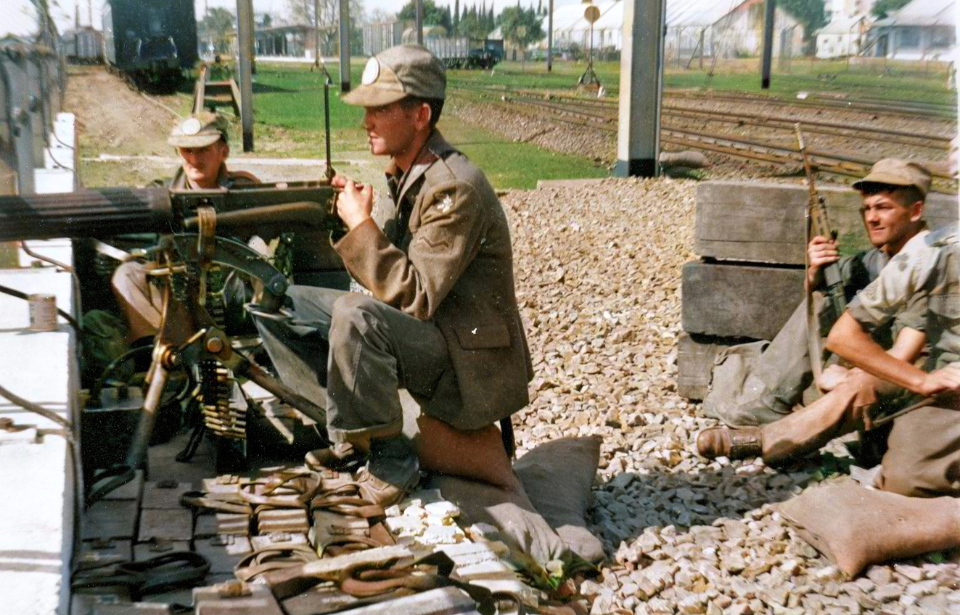The Siege of Jadotville saw a contingent of Irish peacekeepers, led by Pat Quinlan, trapped by a much larger force of Katangese mercenaries. Though vastly outnumbered and outgunned, the Irish troops displayed exceptional resilience and tactical expertise during the prolonged engagement. Their remarkable story was later commemorated in a 2016 Netflix film.
What led to the Congo Crisis?
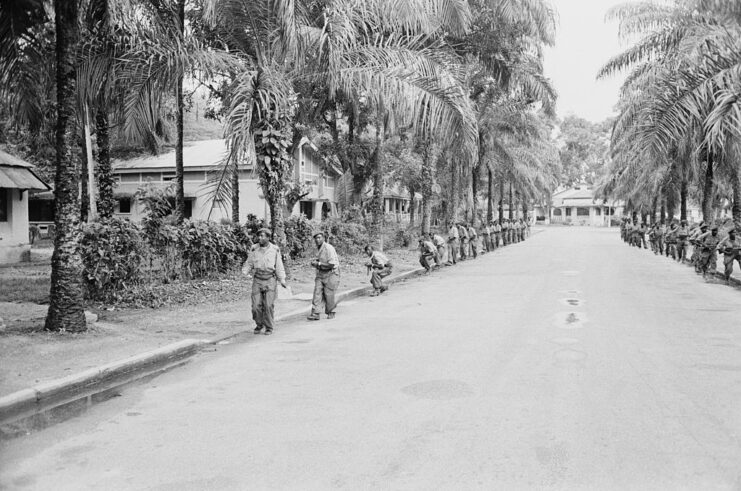
The Siege of Jadotville occurred during the Congo Crisis (1960-65), a period of intense political and military upheaval following Congo gaining independence from Belgium on June 30, 1960. It was fueled by several factions from across the country vying for control, including the secessionist State of Katanga, led by Moïse Tshombe.
On July 5, 1960, Congolese troops mutinied against their Belgian occupiers, leading to widespread violence across the country. While the Belgian military attempted to fight back, the United Nations (UN) intervened. UN peacekeepers were faced with an uphill battle, as different sides fought for political power and dealt with internal strife within their ranks.
Operations Rum Punch and Morthor
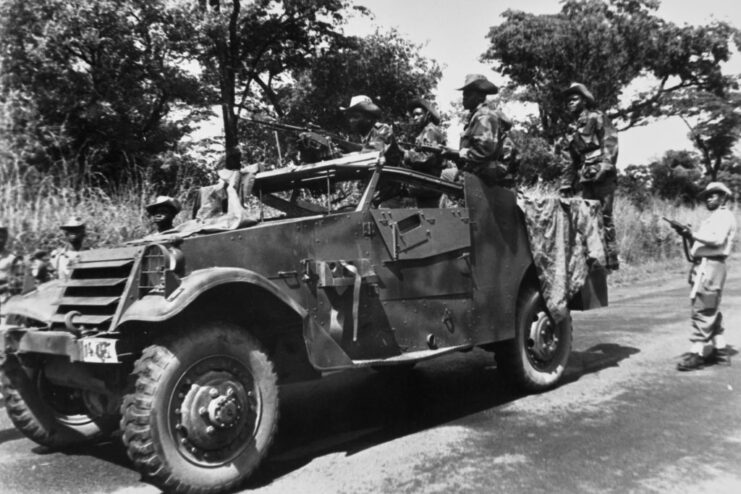
The UN’s efforts included Operation Rum Punch, aimed at removing the foreign mercenaries supporting Katanga’s push for independence. Launched in August 1961, the operation led to the capture of 79 non-Congolese officers and mercenaries by UN forces in Katanga. While some headway was made, the mission ultimately fell short of eliminating the mercenary threat entirely, further escalating tensions in the region.
In response, Operation Morthor was started in September, a controversial eight-day UN-led offensive intended to weaken Katanga’s military power. However, rather than succeeding, the operation ignited fierce clashes between UN troops and Moïse Tshombe’s forces, who, already on high alert, launched a brutal counterattack.
Operation Morthor ended in a fragile ceasefire negotiated between Tshombe and UN Representative Conor O’Brien. Surprisingly, this ceasefire set the stage for the Siege of Jadotville.
What was involved in the Siege of Jadotville?
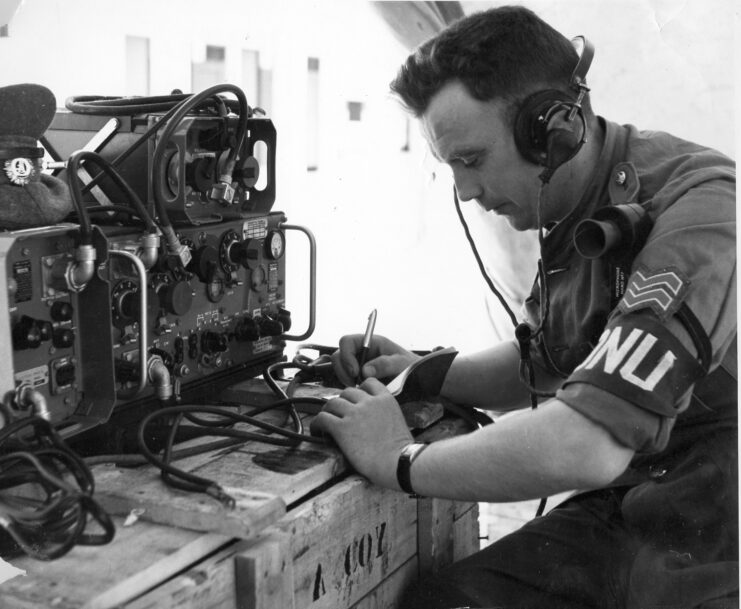
After Operation Morthor, Katangese forces began targeting isolated UN units, including A Company of the Irish Army’s 35th Battalion, stationed in Jadotville. Led by Commandant Pat Quinlan, the 155 Irish soldiers were tasked with the critical responsibility of protecting the town’s civilians as tensions escalated.
With Katangese forces blocking the roads used by A Company, the Irish troops fortified their positions, preparing for the anticipated assault. Quinlan requested reinforcements twice, but both calls went unanswered.
The Irish Army faced off against the Katangese, comprised of local gendarmes and European mercenaries. Many of these mercenaries, seasoned veterans of earlier conflicts, brought a lot of combat experience to the fight. One of their leaders was Roger Faulques, a notorious French mercenary known for his ruthlessness. Additionally, the Katangese had a Fouga CM.170 Magister, providing them with a huge aerial advantage.
A Katangese surprise attack kicks off the Siege of Jadotville
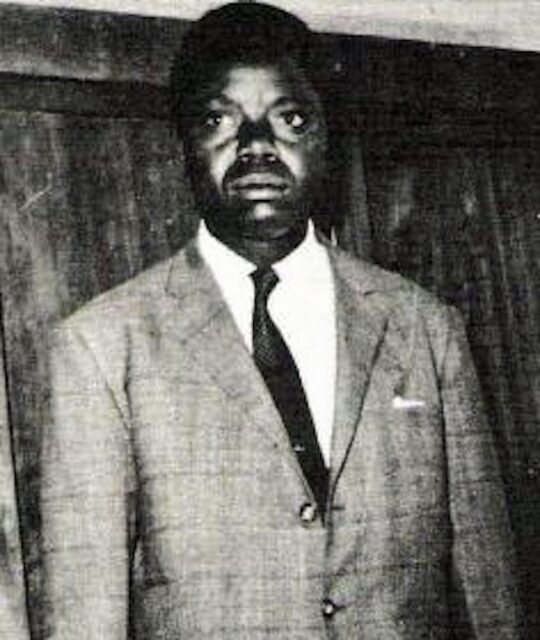
The Siege of Jadotville began on September 13, 1961, when the Katangese forces launched a surprise attack on the Irish position. The assault kicked off while many of the Irish soldiers were attending an open-air mass, catching them off-guard. However, the quick response of Irish sentry Pvt. Billy Ready, who fired a warning shot, alerted his comrades and gave them the opportunity to mount a defense.
The initial wave of attackers was met with fierce resistance from the Irish, despite them being outnumbered and outgunned – they only had BREN light machine guns, 60 mm mortars, shoulder-fired anti-tank guns and Vickers machine guns. Over the next few days, the Katangese forces continued to launch attacks, supported by mortar fire and airstrikes.
Irish surrender signals the end of the Siege of Jadotville
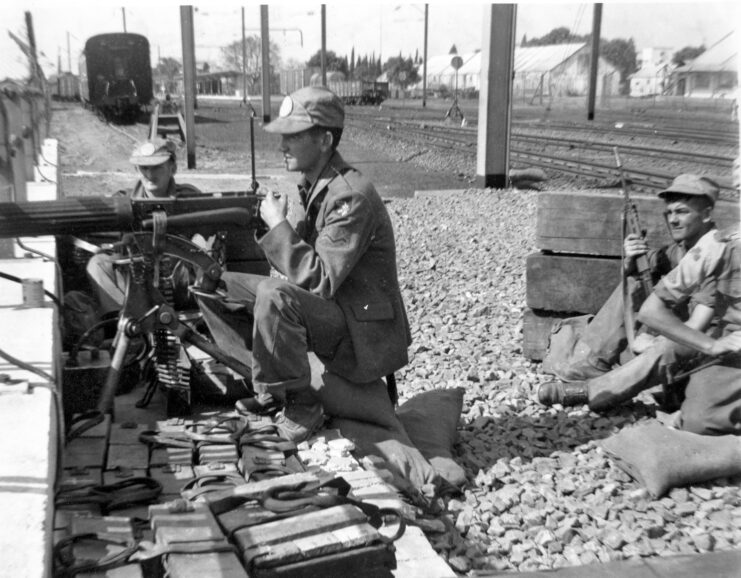
By September 17, 1961, after days of fierce fighting, the Irish troops found themselves running low on ammunition, food and water. Despite their efforts, the situation had become untenable. Recognizing the gravity of the circumstances, Pat Quinlan negotiated a ceasefire with the Katangese. The Irish agreed to lay down their arms, in exchange for safe passage and assurance they’d being treated as prisoners of war (POWs).
This surrender marked the conclusion of the Siege of Jadotville. The Irish soldiers were held for about a month before being released as part of a prisoner exchange. Despite surrendering, they’d inflicted significant casualties on the mercenaries, with estimates of 300 killed and over 1,000 wounded.
What happened in the aftermath?
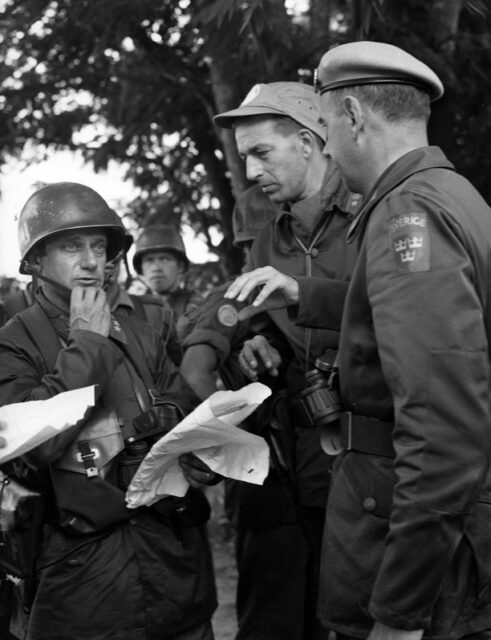
The aftermath of the Siege of Jadotville had a profound impact on the region and the soldiers involved. The Irish troops returned home to a mixed reception, with their surrender initially viewed as a national embarrassment. However, over time, recognition of their bravery and tactical skill grew.
In the broader context of the Congo Crisis, the engagement underscored the volatility of the region and the difficulty of achieving lasting peace. The failure of Operation Morthor and the subsequent anti-UN sentiment in Katanga complicated efforts to stabilize the area.
It wasn’t until January 1963, with the success of Operation Grandslam, that the secessionist State of Katanga was reintegrated into Congo, bringing a semblance of stability to the region.
How accurate is the Netflix film about the Siege of Jadotville?

The 2016 Netflix film, The Siege of Jadotville, brought the story of the Irish soldiers’ heroism during the engagement to global audiences. While it captures the essence of what happened and the bravery of the Irish, it does take some creative liberties for dramatic effect.
It accurately portrays the strategic genius of Pat Quinlan and the overwhelming odds faced by the Irish soldiers. However, certain events and characters are dramatized to enhance the narrative.
More from us: Selous Scouts: The Specialized Rhodesian Force With a Controversial History
New! Want to become a trivia master? Sign up for our War History Fact of the Day newsletter!
One notable difference is its portrayal of the Katangese forces and their leaders. While the film emphasizes the ruthlessness of the mercenaries, it simplifies the complex political dynamics at play. Additionally, The Siege of Jadotville condenses the timeline of what happened, focusing on key moments to maintain its story. Despite these deviations, the film remains a faithful tribute to the courage and resilience of the Irish soldiers during the engagement.
